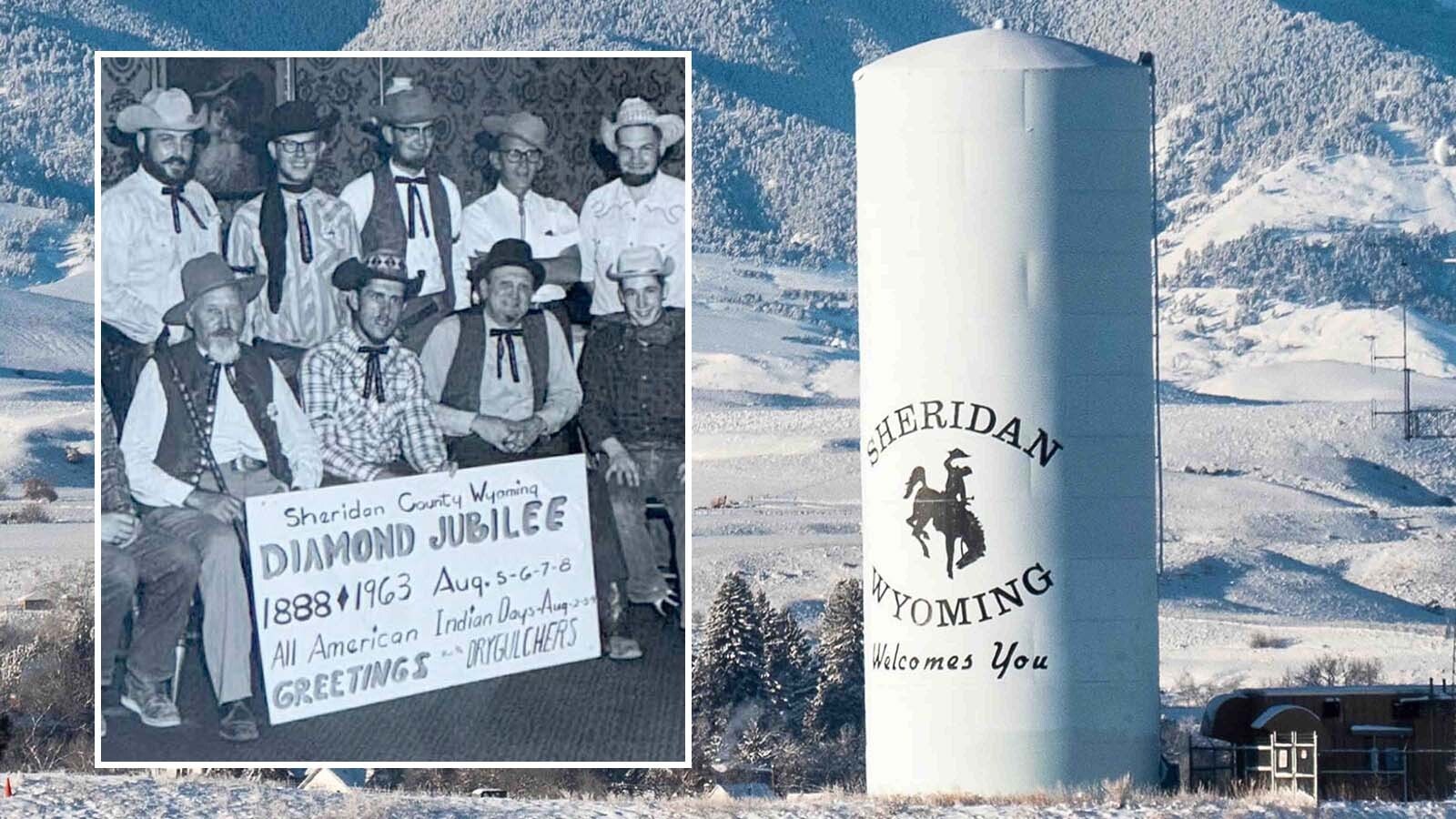When a cold front from Canada collides with Pacific moisture over Wyoming this week, it could produce up to 6 inches of snow for parts of the state by Wednesday evening.
Or, there could be hardly any snow at all. It all depends on timing.
The National Weather Service Office in Cheyenne is tracking a weather system moving into the interior of the United States this week. Regions of Wyoming, Colorado, Nebraska and South Dakota could see heavy snow, which means inevitable travel impacts.
“Confidence is slowly growing in a potent weather system moving across the Rockies and into the Plains Wednesday into Thursday,” the NWS reports. “There is still considerable uncertainty in exactly how much snow will fall and where.”
What isn’t known is when and where the storm will develop.
Two Into One
Cowboy State Daily meteorologist Don Day explained that the weather system is actually two patterns originating from different parts of the globe. The collision of these patterns will create the perfect storm wherever it lands.
“What we have is a Pacific storm that's going to come in and be very moist,” he said. “At the same time, there's a cold front dropping out of Alberta and Montana. It’s the interaction between the two that is going to produce the snow, and the heaviest snow will fall when the best combination of Pacific moisture and the cold front come together.”
Day explained that when the weather systems reach each other, the warm moisture from the Pacific Ocean will move over the much denser cold air from Canada. That will create the heavy snow anticipated.
“It's not going to be a terribly cold snow, more like a wet spring-like snow,” he said. “But with the heavier snow threat. But possibly overnight from Wednesday into Thursday, when it's the coldest, will allow the snow to accumulate quite a bit.”
Timing is critical.
The NWS anticipates a strong low pressure system could bring heavy snow to southeast Wyoming and western Nebraska. In contrast, a “weak, disorganized” low pressure system will keep the snowfall in the mountains, mainly in Colorado.
There’s no doubt the systems will collide. The question is when, which Day said will determine where.
“If the front arrives six hours quicker than expected, then the heavy snow will end up in Colorado,” he said. “If the front is six hours later than expected, that will shift the heavier snow into Wyoming. This far out, six hours makes a big difference in timing. That’s going to move the placement of that heavier snow as much as 50 to 100 miles.”
And for any Wyomingites who find the ambiguous prognosis frustrating?
“Welcome to the world of weather forecasting,” Day said.
Where In Wyoming?
If the Pacific moisture and Canada cold collide over southeast Wyoming, Day believes the storm will transform Interstate 80 into a highway from a frozen-over hell — at least for a day or two.
“The most likely option is the I-80 corridor of Wyoming, especially the southcentral to the southeast,” he said. “I would put (the storm impact) from Rawlins to Cheyenne, going as far north as Wheatland to Douglas with Casper on the northern edge, then eastern Nebraska and south to Denver. Those areas look like they have the best chance of accumulating snow.”
Elsewhere in Wyoming, everyone will feel the bite of the Canada cold front. Day believes there could be some “pockets” of snow in northeast and northwest Wyoming, which has missed the most intense winter weather this season, but the heaviest impacts are still destined to drop in the southeast.
Wherever the snow falls, it will fall heaviest from Wednesday night through Thursday evening. That’s when Day advises anyone traveling through southeast Wyoming to drive cautiously and anticipate delays.
“There will certainly be travel impacts,” he said. “I expect travel problems on I-80 and I-25, as well as the higher elevations. There could be a little bit on Tuesday night and Wednesday morning, but the main event is Wednesday night through Thursday evening.”
Andrew Rossi can be reached at arossi@cowboystatedaily.com.





